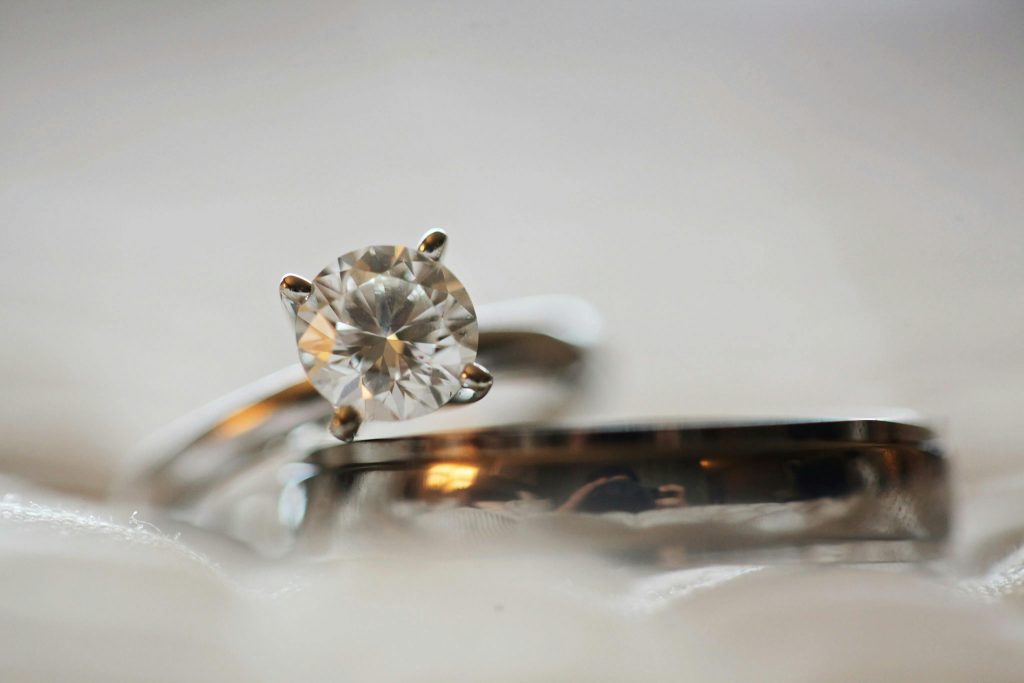Table of Contents
Diamonds, often referred to as a girl’s best friend, have captivated humanity for centuries with their unparalleled brilliance, durability, and symbolic significance. From engagement rings to royal crowns, diamonds have adorned some of the most significant artifacts and moments in history. This article delves into the fascinating journey of diamonds, from their formation deep within the Earth to their place in modern society, highlighting their enduring allure and multifaceted significance.

The Origin and Formation of Diamonds
Diamonds are formed under extreme conditions of high pressure and temperature, approximately 100 miles beneath the Earth&8217;s surface in the mantle. They are composed of carbon atoms arranged in a crystal lattice structure, which gives them their remarkable hardness—the hardest natural substance known to man. This journey from the depths of the Earth to the surface typically spans over billions of years, making each diamond a unique testament to the planet&8217;s geological history.
The process begins with volcanic eruptions that bring diamonds closer to the surface, encapsulated in a type of volcanic rock called kimberlite. These eruptions form kimberlite pipes, which are the primary source of natural diamonds. Over time, erosion and natural weathering can disperse diamonds from their original locations, leading to secondary deposits in riverbeds and coastal areas.
The Allure of Diamonds: Symbolism and Significance
Diamonds have long been associated with various symbolic meanings, including love, power, and wealth. Their rarity and beauty make them a preferred choice for engagement rings, symbolizing eternal love and commitment. The tradition of giving diamond engagement rings dates back to 1477 when Archduke Maximilian of Austria presented a diamond ring to Mary of Burgundy, setting a precedent that continues to this day.
Beyond romantic symbolism, diamonds also represent status and power. Historical figures, such as monarchs and celebrities, have adorned themselves with diamonds to signify their prominence and success. The Koh-i-Noor diamond, part of the British Crown Jewels, and the Hope Diamond, with its mysterious past, are prime examples of diamonds&8217; role in showcasing wealth and influence.
The Diamond Industry: From Mines to Markets
The diamond industry is a complex global enterprise that involves mining, cutting, polishing, and marketing. Major diamond mining companies like De Beers, Alrosa, and Rio Tinto dominate the market, operating mines in regions such as Africa, Russia, and Canada.
The journey of a diamond from mine to market involves several stages. After extraction, rough diamonds are sorted and evaluated based on their size, shape, color, and clarity. They are then sent to cutting and polishing centers, where skilled craftsmen transform rough stones into the dazzling gems we recognize. The cut of a diamond is crucial as it determines its brilliance and overall appearance. The most popular cuts include round, princess, and emerald, each offering a unique aesthetic appeal.

The Four Cs: A Guide to Diamond Quality
When purchasing a diamond, understanding the Four Cs—carat, cut, color, and clarity—is essential. These criteria, established by the Gemological Institute of America (GIA), provide a standardized way to evaluate and compare diamonds.
- Carat: This measures the weight of the diamond. One carat is equivalent to 200 milligrams. Larger diamonds are rarer and more valuable.
- Cut: The cut determines how well a diamond reflects light. A well-cut diamond will exhibit superior brilliance and sparkle.
- Color: Diamond color is graded on a scale from D (colorless) to Z (light yellow or brown). Colorless diamonds are the most desirable and valuable.
- Clarity: Clarity assesses the presence of internal or external imperfections, known as inclusions and blemishes. The fewer the inclusions, the higher the clarity grade.
Ethical Considerations: Conflict-Free Diamonds
In recent years, the diamond industry has faced scrutiny over ethical issues, particularly concerning conflict diamonds—diamonds mined in war zones and sold to finance armed conflict. The Kimberley Process, established in 2003, aims to prevent the trade of conflict diamonds by ensuring that diamonds are ethically sourced. Consumers are increasingly demanding transparency and ethical practices, leading to a rise in the popularity of lab-grown diamonds, which offer a conflict-free alternative with similar physical and chemical properties to natural diamonds.

Conclusion: The Everlasting Appeal of Diamonds
Diamonds continue to enchant and inspire, symbolizing everything from eternal love to immense power. Their journey from the depths of the Earth to the glittering showcases of jewelers around the world is a testament to their enduring allure. Whether as a token of affection, a status symbol, or a cherished family heirloom, diamonds remain an unrivaled treasure, captivating the hearts and minds of those who seek their timeless beauty and brilliance.
